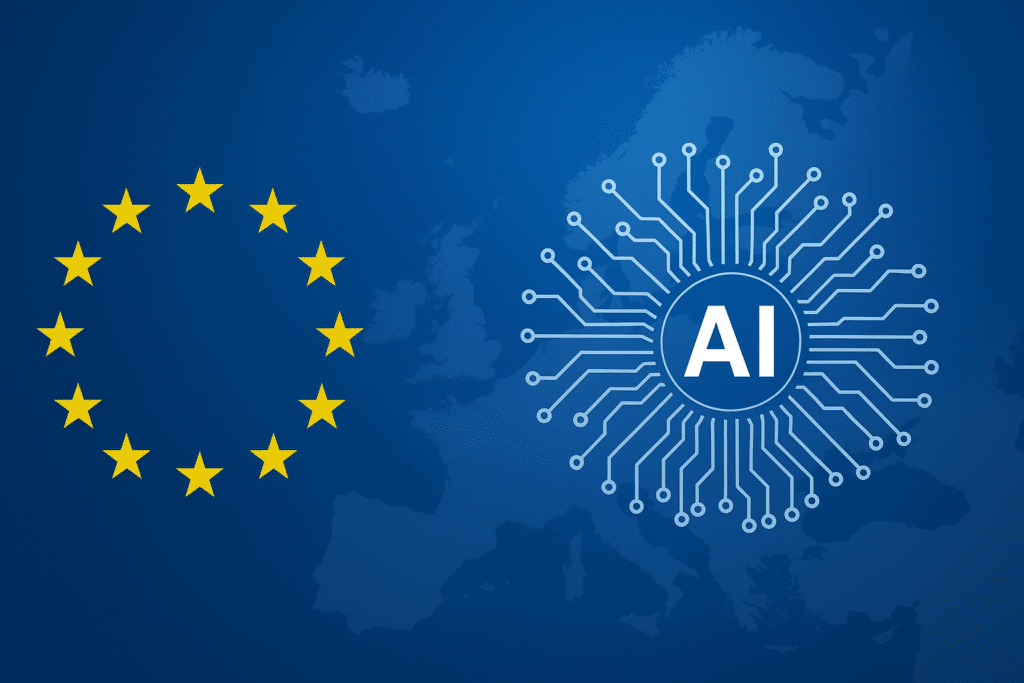Introduction to China’s AI Strategy
China’s approach to artificial intelligence (AI) is distinct from that of the US, driven by different constraints and priorities. While the US focuses on speed and experimentation, China is pooling compute, optimizing efficiency, and releasing open-weight models. This approach has led to significant advancements, with Chinese companies like Alibaba and Zhipu developing competitive multimodal and video models.
The Chinese Playbook
The training run for DeepSeek-V3, for example, used just 2.6 million GPU-hours, far below the scale of US counterparts. However, Alibaba’s Qwen models now rank among the most downloaded open-weights globally. This strategy is paying off, with local governments and major enterprises already rolling out reasoning models in administration, logistics, and finance.
Education and Adoption
Education is another key factor in China’s AI success. Major Chinese universities are implementing AI literacy programs in their curricula, embedding skills before the labor market demands them. The Ministry of Education has also announced plans to integrate AI training for children of all school ages. This top-down approach has made the system unusually effective at pushing large-scale adoption, often with far less social resistance than seen elsewhere.
Public Perception and Optimism
The 2025 AI Index found Chinese respondents to be the most optimistic in the world about AI’s future, far more optimistic than populations in the US or the UK. This optimism is striking, given China’s slowed economy since the pandemic. Many in government and industry now see AI as a much-needed spark, and optimism can be powerful fuel.
A New Generation of AI Founders
The Chinese AI founders of this new generation are globally minded, moving fluidly between Silicon Valley hackathons and pitch meetings in Dubai. Many are fluent in English and in the rhythms of global venture capital. Having watched the last generation wrestle with the burden of a Chinese label, they now build companies that are quietly transnational from the start.
US-China Comparison
The US may still lead in speed and experimentation, but China could shape how AI becomes part of daily life, both at home and abroad. Speed matters, but speed isn’t the same thing as supremacy. The difference in approach between the two countries is not just a struggle between two different countries’ economic models but also between two different ways of deploying technology.
Conclusion
In conclusion, China’s unique approach to AI, driven by its constraints and priorities, is yielding significant results. With its focus on open-weight models, education, and adoption, China is poised to shape the future of AI. As the US and China continue to develop their AI strategies, it will be interesting to see how their approaches evolve and impact the world.
FAQs
- Q: What is China’s approach to AI development?
A: China is focusing on pooling compute, optimizing efficiency, and releasing open-weight models. - Q: How does China’s education system support AI development?
A: Major Chinese universities are implementing AI literacy programs, and the Ministry of Education plans to integrate AI training for children of all school ages. - Q: How does the US approach to AI differ from China’s?
A: The US focuses on speed and experimentation, while China prioritizes efficiency and open-weight models. - Q: What is the significance of China’s optimism about AI?
A: China’s optimism about AI’s future is striking, given its slowed economy, and could be a powerful driver of innovation.











